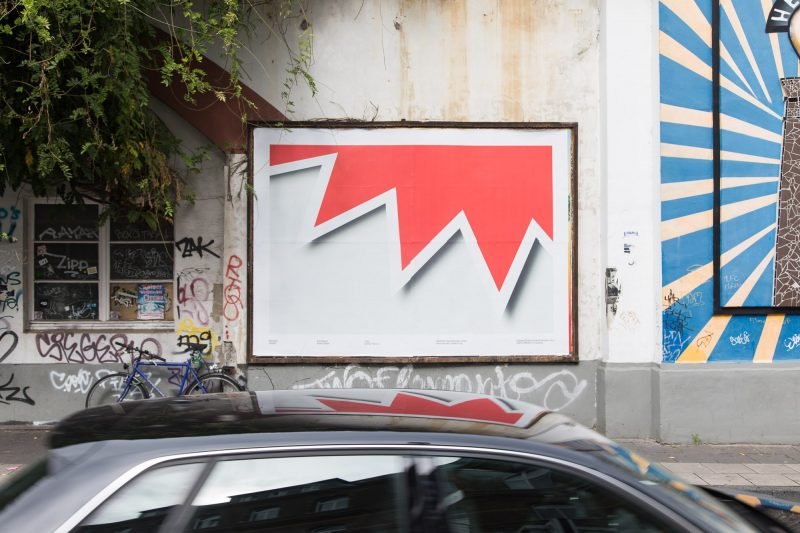Reversible Urban Practices: A Brief Interview With Jan Vormann
 A pair of weeks ago, in the context of a workshop organized by Design Hub Barcelona, I had the chance to talk a bit with Jan Vormann, Berlin-based artist whom I already knew because of his project Dispatchwork, which consists in filling holes in the walls with lego bricks. I really appreciate the practice as a form of reversible street art, since the intervention can be dismantled in any moment and return back to its original brick shape. So I thought it would have been interesting to ask him some questions about the role of the artist in contemporary public space.
A pair of weeks ago, in the context of a workshop organized by Design Hub Barcelona, I had the chance to talk a bit with Jan Vormann, Berlin-based artist whom I already knew because of his project Dispatchwork, which consists in filling holes in the walls with lego bricks. I really appreciate the practice as a form of reversible street art, since the intervention can be dismantled in any moment and return back to its original brick shape. So I thought it would have been interesting to ask him some questions about the role of the artist in contemporary public space.
So, as an artist, what drives you to act in public/set your works in public?
“There are many reasons to act in public (…). In general, it works like advertisement, only that it is not for a product, but for you (graffiti, tagging, bombing), and possibly for your artistic work (street art). You claim a space in society. But even more important (…) is often the implicated political or social aspects you want to show. In some ways, street art is like promoting your ideas — a sort of idealistic advertisement. You put it out there for free, in fact street artists pay their own material for this purpose, and for people to notice it — as it is in their faces, they have to – without wanting anything in return, except maybe recognition and understanding the idea (…) but it might be also simply for fun. In any case, you are looking for the good spots, because you want people to notice it, no matter what is your aim by doing so. I do it for different reasons, also the reasons can change. For Dispatchwork, I like that it sometimes gets all kinds of people play together in the streets. If not, at least it touches the playful spots in the minds of passers-by.”
Is public space in our hands and should everybody use it? If yes, how?
“There are many concepts of who the public space belongs to, and what exactly the public space consists of. Some say it is owned privately, some say the city, or even the state owns it. I believe the public space belongs to the public, as does each country belong to the public. In fact, this is what makes democracy: Everybody can try to effect it. So, yes, sometimes it is ugly, and sometimes people write stupid things. Nonetheless, I can accept that, consciously, I can take out my pen or whatsoever) and alter it whenever I want.”

A book edited few years ago, Did Someone Say Participate, was blurring the limits between architecture, activism, art and urban interventions (including for example guerrilla gardening) into one definition, which is ‘spacial practices’. Under this definition were collected without distinctions professionals and amateurs. Do you think there is a ‘professional’ kind of way to use the public space?
“I think any person that seriously thinks about this topic and regularly acts in the streets can be considered a professional. Maybe, someone who tries once for finding out, can be considered amateur. If an amateur strives to improve and develops an own artistic expression he/she will be a pro sometime (…). Also, as this is not taught in schools, I think it is quite a subjective decision on who we call pros and amateurs. But I do not agree on the common graffiti classification toy/king. I see no reason for some person to judge, since sometimes it is not about the style, but about the message.”



